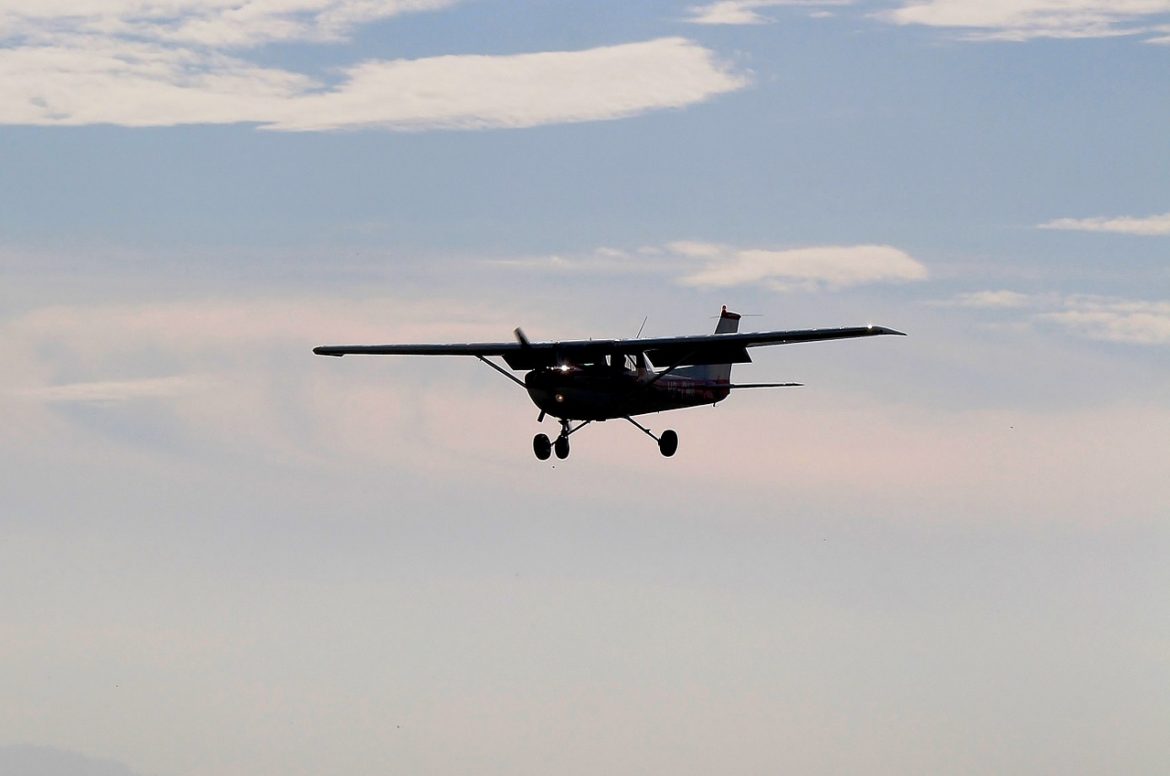This old, retired pilot still remembers the sound of only rushing air when the single engine on my high-wing airplane ‘iced up.’ Usually happened when you got temperature change because you changed altitudes.
And I remember where….
Ruidoso, New Mexico. Passenger A.R. (Red) Elam, my Dad. Cool morning. Took off early in morning. Approaching sixth hole of golf course, pulled on carb heat lever to increase power, rise above hole with limp flag in cup.
Between Baird and Abilene. Eight thousand feet high and descending for landing. Back home from Kentucky, Kansas, Missouri, Oklahoma. Co-pilot: Maxine. Passengers: our four children. Luggage: suitcases and bag of sails for 15-foot, borrowed sailboat.
Engine coughed. Went silent. I looked out my window to see the highway where I would probably make my emergency landing.
Then remembered, as did Maxine, to pull the carb heat lever. The engine coughed, restarted, and we flew the highway that led to Abilene’s magnificent, much-loved Municipal Airport. Thanks to ‘carb heat.’
When you research, you’ll find an explanation. A fixed-pitch propeller aircraft will show a decrease in engine RPM, and perhaps run rough, when carburetor ice has formed. Apply carburetor heat, which uses a flap to draw hot air into the engine intake, to prevent or clear carburator icing.
Why am I telling you about carb heat? Something every experienced pilot knows. Had we not pulled the carb heat lever, you might not be reading about these misadventures.
As we ‘hanger flyers’ often remind ourselves, “There ain’t no old, bold pilots left.”
Image by Markus Baumeler from Pixabay



